Breaking News


Popular News

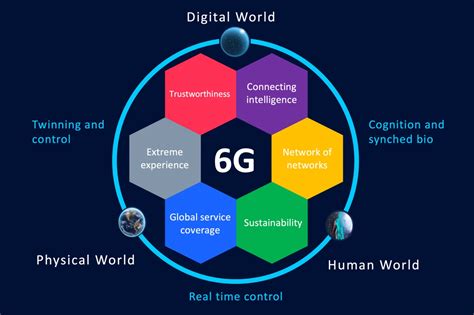
Discover the potential of 6G technology with insights on spectrum, opportunities, challenges, regulations, and future applications. Stay ahead in the 6G era.The advent of 6G technology is on the horizon, promising faster and more efficient connectivity than ever before. As we anticipate the transition to 6G, it’s crucial to delve into the various aspects that will shape its emergence and impact. In this blog post, we will explore the 6G spectrum from different angles, starting with an understanding of what 6G entails and the potential opportunities it presents. We will then examine the technological challenges that come with harnessing the power of 6G, as well as the regulatory considerations that will influence its implementation. Additionally, we will discuss the future applications of 6G and the ways in which it will revolutionize industries and everyday life. Join us as we navigate the landscape of 6G technology, uncovering both the promise it holds and the hurdles we must overcome to fully embrace its potential.
Contents
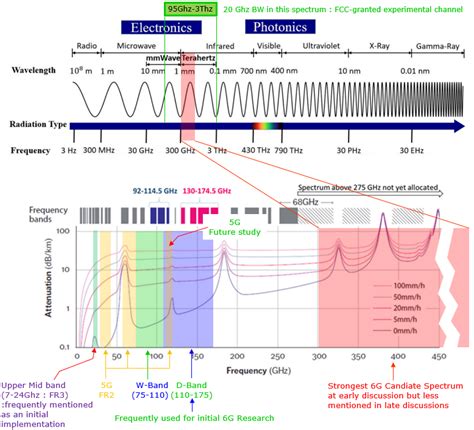
6G is the next generation of wireless technology that is currently in the research and development phase. It is expected to provide faster internet speeds, lower latency, and support a wide range of connected devices. In order to understand the 6G spectrum, it’s important to comprehend the frequency bands that will be used for 6G communication. The 6G spectrum is likely to include millimeter wave frequencies, sub-terahertz frequencies, and terahertz frequencies, which will enable faster data transmission and higher capacity compared to previous generations.
One of the challenges of the 6G spectrum is the propagation characteristics of higher frequency bands. Millimeter wave and terahertz frequencies have shorter range and are more susceptible to signal loss due to environmental factors. This will require innovative antenna designs and deployment strategies to ensure reliable communication. Additionally, the allocation of suitable frequency bands for 6G will need to be carefully managed to minimize interference and maximize efficiency.
As we continue to advance towards the era of 6G technology, it’s essential to delve into the technical aspects of the 6G spectrum to fully comprehend the opportunities and challenges that lie ahead.
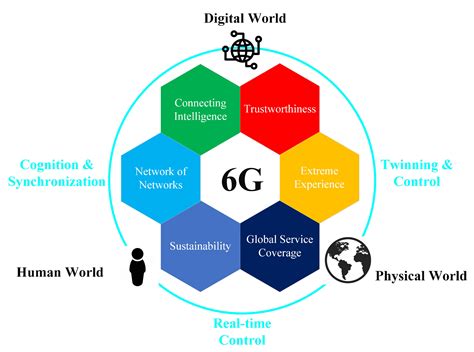
In the world of rapidly advancing technology, the emergence of 6G brings with it a plethora of opportunities. One such opportunity is the potential for unprecedented levels of connectivity and communication. With the ability to support a massive number of devices simultaneously, 6G opens up avenues for seamless integration of IoT devices, smart cities, and autonomous vehicles. This not only enhances the overall efficiency of various industries but also paves the way for innovative and futuristic applications.
Furthermore, the development of 6G technology creates opportunities for breakthroughs in fields such as healthcare, entertainment, and education. The increased bandwidth and low latency offered by 6G networks enable real-time monitoring and analysis of crucial health data, immersive virtual reality experiences, and interactive learning platforms. These advancements have the potential to revolutionize the way we approach healthcare, entertainment, and education, ultimately improving the quality of life for individuals across the globe.
Additionally, the integration of 6G technology presents opportunities for economic growth and job creation. As the demand for skilled professionals in the fields of telecommunications, network infrastructure, and software development increases, the job market is likely to expand. Moreover, the deployment of 6G networks requires substantial investments in infrastructure and technology, which in turn stimulates economic activity and drives innovation.
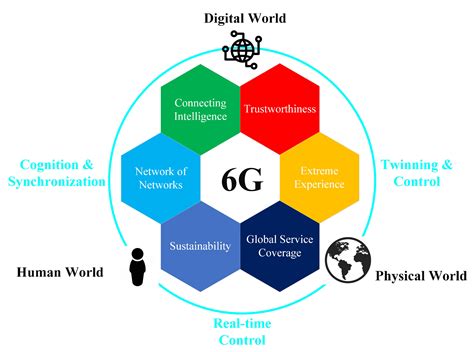
The open horizon of 6G technology brings forth an array of unprecedented opportunities and challenges. As we look to the future of wireless communication, it is essential to understand the inevitable technological challenges that come with the development and implementation of 6G. From the integration of AI and machine learning to the need for ultra-low latency, the journey to 6G is filled with hurdles that must be overcome.
One of the primary technological challenges of 6G lies in the need for unprecedented data speeds and bandwidth. As we continue to rely on wireless networks for an increasing number of applications, the demand for faster and more reliable connections is ever present. With the potential for 6G to deliver data speeds of up to 1 terabyte per second, the infrastructure required to support such capabilities presents a considerable technological obstacle.
In addition to the need for increased data speeds, the integration of AI and machine learning into 6G networks poses another significant technological challenge. As we look to harness the power of AI for tasks such as network optimization and resource allocation, the development of AI-powered 6G networks brings about a new level of complexity and potential vulnerabilities that must be addressed.
Furthermore, the quest for ultra-low latency in 6G networks presents yet another technological challenge. As applications such as augmented reality, virtual reality, and autonomous vehicles continue to advance, the demand for near-instantaneous communication between devices becomes increasingly essential. Achieving ultra-low latency in 6G networks requires the development of new technologies and protocols to ensure seamless connectivity across a wide range of applications and devices.
Keywords: 6G, technological challenges, data speeds, bandwidth, AI, machine learning, ultra-low latency.
| Technological Challenges of 6G | ||
|---|---|---|
| Increased data speeds | Integration of AI and machine learning | Ultra-low latency |
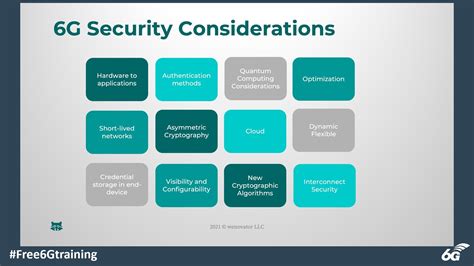
As the world gears up for the arrival of 6G technology, there are important regulatory considerations that need to be addressed to ensure a smooth transition and seamless integration of this next generation wireless network. The regulatory landscape for 6G will play a crucial role in determining the success and adoption of this transformative technology. From spectrum allocation to privacy and security concerns, regulators will need to navigate through a myriad of challenges to create a conducive environment for 6G to thrive.
One of the key regulatory considerations for 6G is the allocation of spectrum. The allocation of spectrum bands is essential for the deployment and operation of 6G networks. Regulators will need to ensure that there is sufficient spectrum available to support the high data rates and low latency requirements of 6G. Additionally, spectrum management policies will need to be updated to accommodate the unique characteristics of 6G technology.
Moreover, privacy and security will be paramount in the regulatory framework for 6G. As 6G will enable a wide range of applications across various sectors including healthcare, transportation, and smart cities, there will be heightened concerns about the privacy of users’ data and the security of the network. Regulators will need to establish stringent privacy and security guidelines to safeguard against potential threats and vulnerabilities in the 6G ecosystem.
| Regulatory Considerations for 6G |
|---|
| 1. Spectrum Allocation |
| 2. Privacy and Security |
| 3. Network Interoperability |
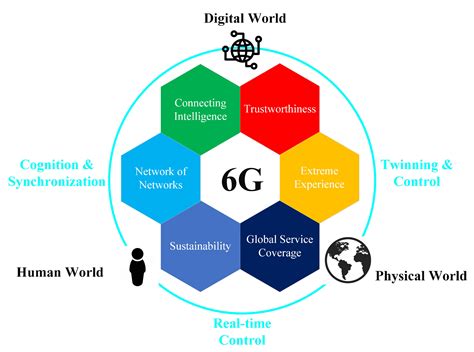
As we enter the era of 6G technology, the potential applications and opportunities are vast and exciting. From smart cities to advanced healthcare, the possibilities for 6G are endless. One of the key areas of focus for navigating the future applications of 6G is in the development of autonomous vehicles. With 6G’s ultra-low latency and high bandwidth capabilities, the potential for fully autonomous vehicles to become a reality is closer than ever before.
Another area where 6G is set to make a significant impact is in the field of augmented reality (AR) and virtual reality (VR). The high speeds and low latency of 6G networks will enable seamless and immersive AR/VR experiences, revolutionizing the way we interact with digital content. From virtual meetings to interactive gaming, 6G is poised to take AR and VR to new heights.
Additionally, the future applications of 6G extend to the realm of telemedicine and remote healthcare. With 6G’s ability to support massive connectivity and ultra-reliable communication, remote surgeries, medical consultations, and patient monitoring can be performed with unprecedented levels of precision and reliability. The potential impact on global healthcare accessibility and quality is truly transformative.
| Applications | Opportunities | Challenges |
|---|---|---|
| Autonomous Vehicles | Enhanced safety and efficiency | Regulatory and infrastructure readiness |
| Augmented Reality/Virtual Reality | Immersive and seamless experiences | Content creation and adoption |
| Telemedicine/Remote Healthcare | Global accessibility and quality | Privacy and security concerns |

What is 6G and how does it differ from 5G?
6G is the sixth generation of wireless technology, which is expected to surpass the capabilities of 5G in terms of speed, latency, and connectivity. It will likely enable new applications such as holographic communications and advanced AI.
What are the potential opportunities for businesses with the advent of 6G?
Businesses can expect new opportunities in virtual and augmented reality, smart cities, autonomous vehicles, and remote health monitoring. The faster and more reliable connectivity of 6G will open up new possibilities for innovation and efficiency.
What are the main challenges in implementing 6G technology?
Some challenges include the need for new infrastructure, spectrum availability, security concerns, and global standardization. The transition to 6G will require significant investment and collaboration among industry stakeholders.
How will 6G impact the Internet of Things (IoT) landscape?
6G is expected to enhance IoT capabilities by enabling seamless connectivity for a massive number of devices, ultra-low power consumption, and ultra-reliable communication. This will drive the expansion of IoT applications across various industries.
Are there any environmental considerations related to 6G deployment?
The deployment of 6G will likely require a large number of new base stations and infrastructure, which could have environmental impacts. However, efforts are being made to develop more energy-efficient and sustainable technologies for 6G networks.
How will 6G impact data security and privacy?
With the increased connectivity and data transfer speeds of 6G, there are concerns about potential security vulnerabilities and privacy risks. It will be crucial to implement robust encryption and authentication mechanisms to safeguard sensitive data.
What is the current timeline for the rollout of 6G technology?
While 6G is still in the early stages of research and development, some industry experts estimate that commercial deployment could begin as early as 2030. However, the timeline will depend on various factors such as regulatory approvals and technological advancements.